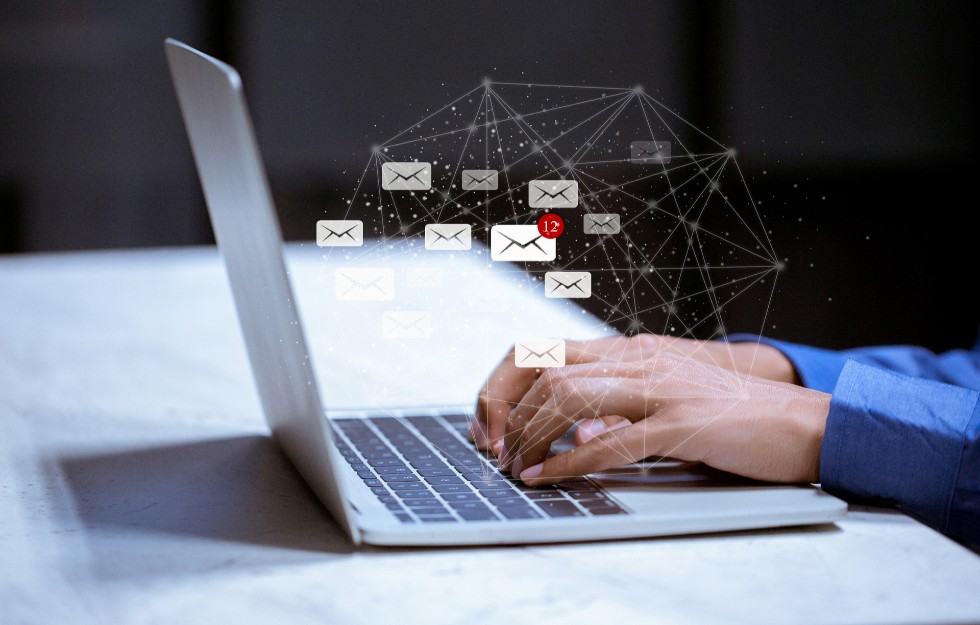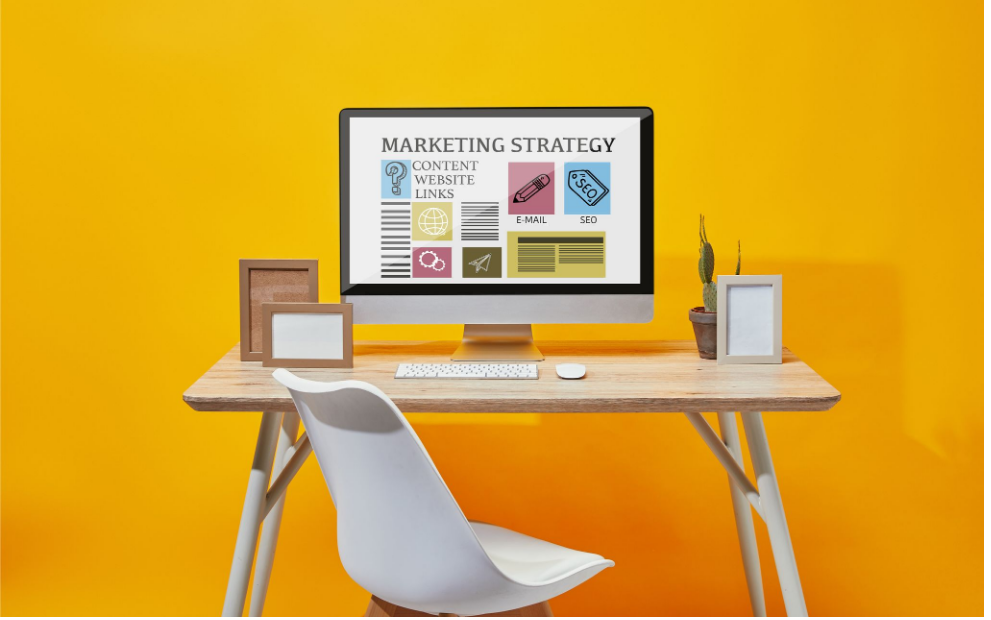Google’s Cookiepocalypse in 2023 and How to Prepare Your eCommerce Website
Have you heard? Google has delayed the cookiepocalypse to 2023, giving eCommerce websites one more year to prepare for the most significant shift in the eCommerce industry. This single change will redefine everything about how you advertise your products in the future. Speaking about the future, even though the cookiepocalypse, or in simple terms, the death of third-party cookies may seem far away, now it’s the best time to plan and set your strategies to market your business without third-party cookies. Here’s how to prepare.
What is the Cookiepocalypse?
Who doesn’t love cookies?
Privacy advocates, online activists, and many online users don’t, but businesses and marketers have been using them for the last few years for online advertising purposes.
Now third-party cookies are going away in response to privacy concerns and user demand for more transparency.
“Some of the information collected by sites and third parties is necessary to provide the rich content and services you expect. However, the tools used to provide this have gone far beyond their original intent in their ability to recognize you, your online activity and the devices you use.” – The Privacy Sandbox, Google.
Firefox and Safari have already implemented restrictions against third-party cookies. On the other hand, Google is taking more caution before phasing out cookies in its chrome browser used by 3.2 billion users worldwide to ensure the shift doesn’t knock down the online advertising business.
In June 2021, Google announced that they would be phasing out third-party cookies in Chrome over three months, starting in mid-2023 and ending in late 2023 – the process referred to as cookiepocalypse.
Marketing Without Third-Party Cookies
The Cookiepocalypse will undoubtedly have a significant impact on advertising and come with limitations. So it’s no surprise many business owners and digital marketers seem alarmed. Now marketers will have to work much harder to create targeted ads without third-party data. Still, the death of third-party cookies will also give them a chance to reboot their relationships with customers and find new ways to collect information directly from them. Want to know how? The short answer is zero-party data.
Third-Party vs. First-Party vs. Zero-Party Data
Once third-party cookies are gone, the alternatives will be first-party and zero-party data, both of which can help us create targeted ads even after the cookiepocalypse.
First-Party vs. Third-Party Cookies
Although third-party cookies will slowly disappear, first-party cookies will remain, and you can safely use them for advertising.
Unlike third-party cookies, a first-party cookie is set by the publisher’s web server or any JavaScript within the website. It is only available to the host domain that created it. No third party will have access to first-party cookies. This means that these cookies are much safer and more beneficial to the user. For instance, first-party cookies can remember language preferences on the website, username and password, and products in the cart, even after leaving the site. In contrast, third-party cookies come from third-party domains to track users’ behavior for online-advertising purposes.
Luckily, you can still use first-party cookies for your digital marketing efforts to leverage each visitor’s digital activity to understand their needs to engage them more efficiently.
Zero Party Data vs. First-Party Data
Zero-party data is the information customers intentionally share with you after a direct interaction. While first-party data such as first-party cookies gives you insights about user behaviors on your website, zero-party data solicits an interaction with each customer.
Zero-party is the real opportunity you can seize amidst the cookiepocalypse chaos to run more effective marketing campaigns while, at the same time, building consumer trust and improving relationships with your customers.
Benefits of Zero-Party Data in the Post-Cookiepocalypse World
Marketers and business owners now see zero-party data as the most promising solution and a way to fill in the gap once third-party cookies are gone.
If you still wonder how zero-party data can help, here are some benefits of it:
- Collection of the zero-data party is transparent
- It allows having direct communication with customers
- Allows creating personalized experiences
- It’s way more accurate
- Improves customer experience
Did you know that 80% of consumers are more likely to purchase a product when brands offer personalized experiences? Most customers want personalized content, but not to the extent where it gets too creepy, and the items they viewed on one website begin to appear on every site they visit. Customers want to control what information businesses obtain to provide a personalized experience, and that’s why zero-party data is how you can succeed in the cookieless world.
How to Collect Zero-Party Data?
Now that zero-party data made its way to your marketing to-do list, you might begin wondering what’s the best way to collect it. Luckily, there are many creative ways to collect zero-party data without overwhelming your customers but collaborating with them to provide better and more personalized experiences.
User Registration and Newsletter Signups
Zero-party data aims to provide a more personalized experience, so there’s no point in collecting it for anonymous customers, only for identified ones. The simplest place to collect zero-party data is the user registration on your website or newsletter signup.
The questions you ask for at registration depend on your business and products. If you sell cosmetics, for example, then you can ask simple questions about customers’ skin types, what products they use and how frequently, their primary skin concerns, etc.
Remember not to overwhelm your customers with questions during registration, as you’ll have more time to interact with them in the future.
Use Quizzes
If you are thinking of trivia nights, that’s not really what we mean. Instead, personality or product selection quizzes are entertaining for your customers and can work wonders for data collection.
PROVEN, for instance, uses a product selection quiz for customers. Users will need about 3 minutes to answer all questions in the quiz related to their current skincare routine and skin condition.
At the end of the quiz, users will need to provide their email address to see the results. So the company killed two birds with one stone. Now they have significant data about the customer and their email address for future campaigns.
After providing the email address, customers will get their custom skincare system based on the information they provided in the quiz.
Use Email Marketing
Email marketing itself requires you to acquire zero-party data to get started. Still, once you have your customers’ email addresses, it can help you gather even more information.
One of the ways to do so is to ask for feedback through email after an interaction, such as purchase, getting support from the customer service, or visiting your physical store. The feedback you get will help you to improve their future experiences.
In-Person Events
The lines between the virtual world and in-person events are starting to disappear, at least for marketers who use both worlds equally to build successful marketing campaigns.
In-person events are an excellent way to meet and interact with your customers and collect more information about them.
Quizzes, registration forms, photo booths, interactive content, and other creative methods can help gather zero-party data during your in-person events, and of course, provide customers with an entertaining experience.
Offer Deals
Finally, customers love deals. About 93% of consumers use a coupon or discount code throughout the year, and if you offer one in exchange for answering a few questions, you will collect the information you need. Plus, the discount will increase the probability of conversions, so it’s a double win! Offering deals for gathering zero-party data is a cost-effective solution to collect more information about your customers.
So is it the End?
Not yet, but soon the world of third-party cookies will come to an end. As cookiepocalypse approaches, marketers search for novel ways to gather data and create targeted ads. Luckily, there’re many alternatives that businesses can safely use without raising privacy concerns. We hope the techniques above will help you succeed in the post-cookiepocalypse world, but if you still have questions and concerns, don’t hesitate to reach out to us today! At Internet Marketing Geeks, we can help you gear up your marketing strategy even after the death of the famous, non edible, virtual cookies.




